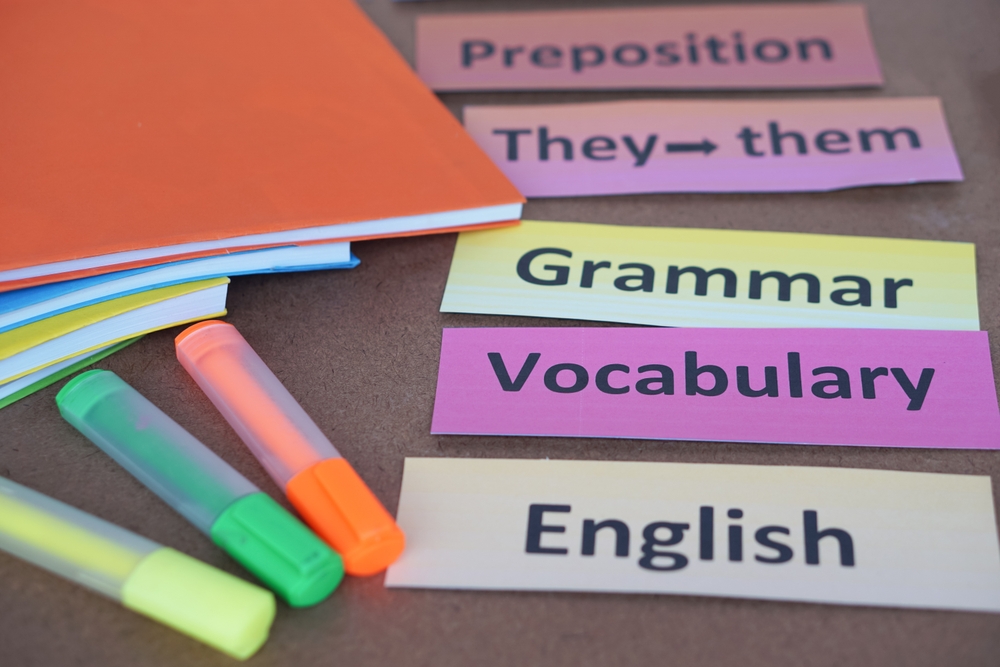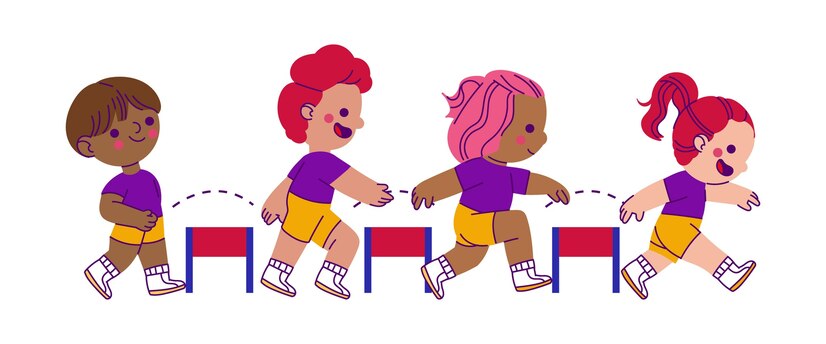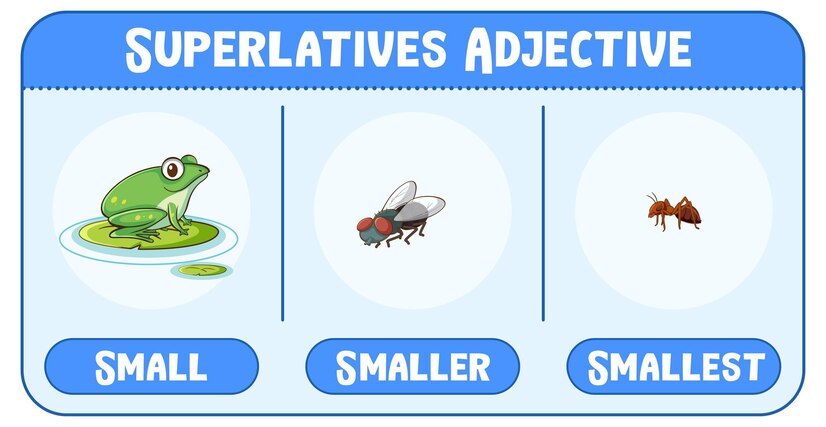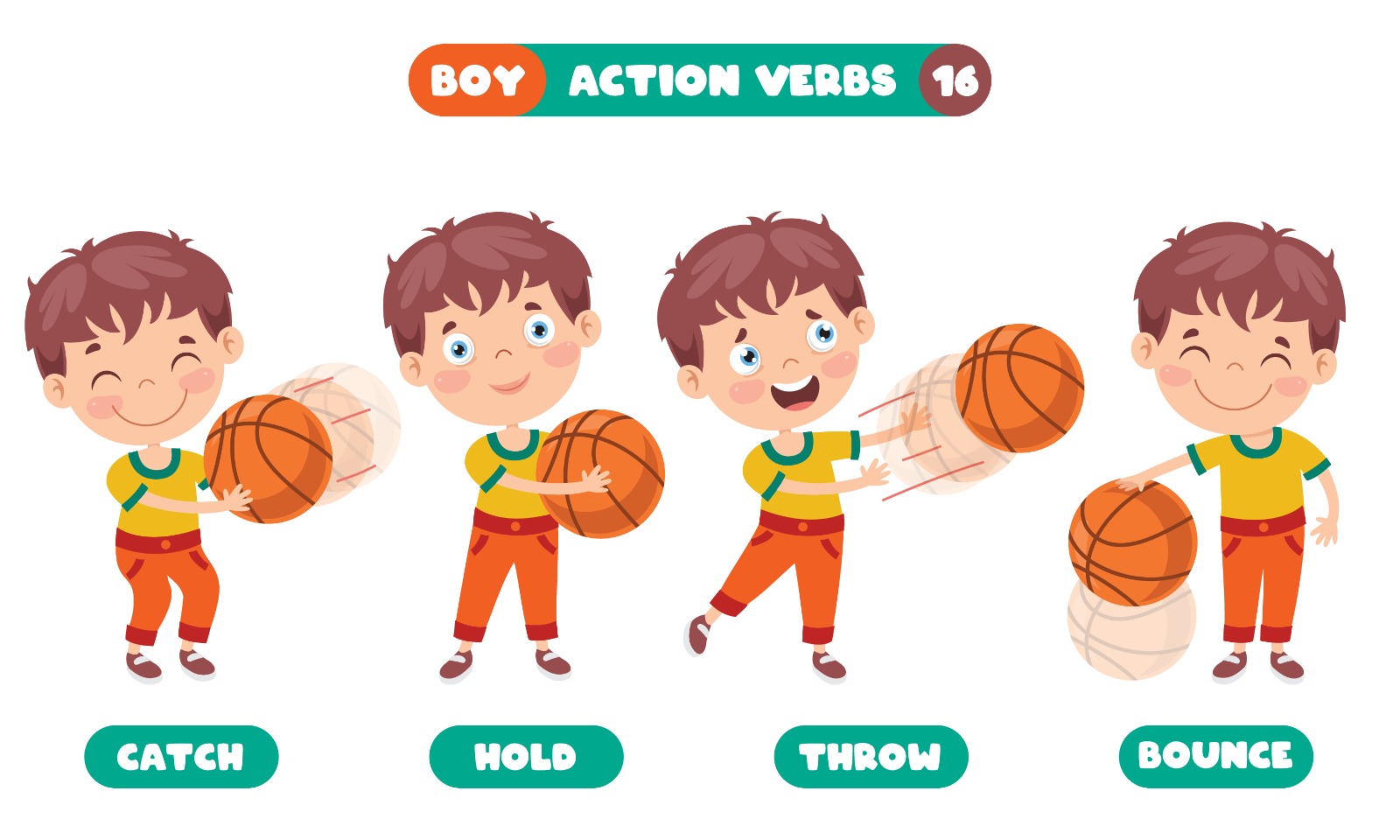
Expanding vocabulary is a fundamental part of learning any language, especially for ESL (English as a Second Language) students. To ensure that vocabulary learning is both effective and enjoyable, it’s important to integrate engaging and interactive activities.
Below, we’ll provide a more detailed explanation of each activity to help you implement them in your ESL classroom.
Engaging and Creative Vocabulary Activities for ESL Students
1. Interactive Vocabulary Notebooks

Interactive vocabulary notebooks are personalized tools where students actively engage with new words. Instead of just writing down definitions, students can create a more dynamic entry for each word. This might include the word’s definition, a sentence using the word, synonyms, antonyms, and even a small drawing or visual symbol to help remember the word.
These notebooks become a living document of their language learning journey, offering a resource they can continuously refer to and expand upon. Encouraging creativity in how they illustrate or contextualize words makes the learning process more engaging and helps reinforce memory.
2. Vocabulary Relay Races
Vocabulary relay races combine physical activity with learning, making it ideal for kinesthetic learners who benefit from movement while studying.

To set this up, divide the class into teams and create different stations around the classroom or schoolyard, each with a vocabulary-related task. For instance, one station might involve matching words to their definitions, another might require spelling out words using letter cards, and a third might involve using the words in a sentence. As students complete each task, they race to the next station. This competitive element energizes students and reinforces vocabulary in a fast-paced, fun environment.
3. Vocabulary Journals

Vocabulary journals encourage students to be proactive in their learning by documenting new words they encounter outside the classroom. This could be from books, movies, music, or even science ideas discussed in class. Students write down each new word, along with its meaning, part of speech, and an example sentence showing how it was used.
This activity helps students recognize and learn vocabulary in context, making it more relevant and easier to remember. Regularly reviewing and sharing their journals with classmates can also provide opportunities for collaborative learning and discussion.
4. Role-Playing Scenarios
Role-playing scenarios provide students with the chance to use vocabulary in practical, real-life contexts. For example, you might set up a scenario in a grocery store, where students must use vocabulary related to food, shopping, and money. Assign roles such as customer, cashier, or manager, and create a script or let students improvise.

This hands-on approach allows students to practice speaking and listening skills, apply their vocabulary knowledge, and improve their confidence in using English in everyday situations. It’s also a fun way to encourage interaction, communication, and skill maintenance among students.
5. Vocabulary Songs

Creating or using existing songs that incorporate vocabulary words can be a powerful tool, especially for younger students or those who learn well through auditory methods. Songs have a rhythm and melody that make words easier to remember. You can create simple songs that include new vocabulary or find existing educational songs designed for language learning. Singing along helps reinforce pronunciation and context, and the repetition of songs aids in memorization. Incorporating movement or dance with these songs can also enhance the learning experience, making it more enjoyable and memorable.
6. Synonym and Antonym Hunt
This activity challenges students to think deeply about word meanings and their relationships to other words. Give students a list of vocabulary words and ask them to find as many synonyms (words with similar meanings) and antonyms (words with opposite meanings) as possible.

This can be done as a class competition or an individual assignment. It helps students expand their vocabulary by learning new words related to the ones they already know. Moreover, understanding synonyms and antonyms aids in comprehension and allows students to express themselves more precisely and diversely.
7. Vocabulary Comics

Vocabulary comics combine art and language learning. Students create a short comic strip that incorporates a vocabulary word into the dialogue or narration. For example, if the word is “perplexed,” a character in the comic might say, “I’m perplexed by this puzzle.” Drawing a scene that visually represents the word helps students make a connection between the word and its meaning. This activity is particularly beneficial for visual learners, as it allows them to associate words with images, making it easier to recall the word later.
8. Vocabulary Pictionary
Vocabulary Pictionary is a fun, visual game where students draw pictures to represent a vocabulary word, and their classmates must guess the word. This activity encourages students to think creatively about how to depict words without using language, relying instead on visual cues. It also reinforces their understanding of the word’s meaning and can help make abstract or complex vocabulary more concrete. Playing in teams adds a collaborative element and can make the game more engaging for the whole class.
9. Word Associations

Recommended Reading: Fun Ways to Improve Your Child’s Vocabulary
Word associations are a simple yet effective way to help students make connections between different words. Start with one word, and have each student in turn say a word that they associate with it. For example, if the starting word is “beach,” the next word might be “sand,” followed by “sun,” “waves,” “vacation,” and so on. This activity helps students think about the relationships between words and broadens their vocabulary. It also encourages quick thinking and can serve as a warm-up activity to get students engaged at the beginning of a lesson.
10. Word of the Day
Introducing a “word of the day” is an excellent way to consistently expand students’ vocabulary. Each day, present a new word along with its definition, part of speech, and an example sentence. Throughout the day, encourage students to use the word in sentences, both spoken and written. You can also create a classroom display featuring the word, and perhaps have students write their own sentences on the board or in their notebooks. Repetition and daily exposure to new words help solidify them in students’ vocabularies, and it’s a great way to steadily build language skills over time.

Recommended Reading: Vocabulary Words For Kids To Improve Their Language Skills
Conclusion
Engaging vocabulary activities are essential for ESL students, as they make learning new words exciting and meaningful. By incorporating interactive, creative, and context-based activities, teachers can help students develop a stronger, more diverse vocabulary that supports all aspects of language acquisition. Whether through games, creative projects, or daily practices, these methods ensure that vocabulary learning is both effective and enjoyable, fostering a deeper connection with the English language.
Moonpreneur is on a mission to disrupt traditional education and future-proof the next generation with holistic learning solutions. Its Innovator Program is building tomorrow’s workforce by training students in AI/ML, Robotics, Coding, IoT, and Apps, enabling entrepreneurship through experiential learning.

























ESL students can also consider resources which are available online. There are multiple apps in the market which are completely designed to enhance the vocabulary of students in different ways.
Engaging vocabulary activities transformed my son’s learning experience. Being an ESL student, he overcame vocabulary challenges with Vocabulary Bingo, Word Association, and Scavenger Hunts that boosted his confidence and retention. Combining these with visual aids and technology further enhanced his learning experience.